Seychelles Beaches, Sport & Adventure, Sustainable Tourism
This remote island destination is a slice of paradise
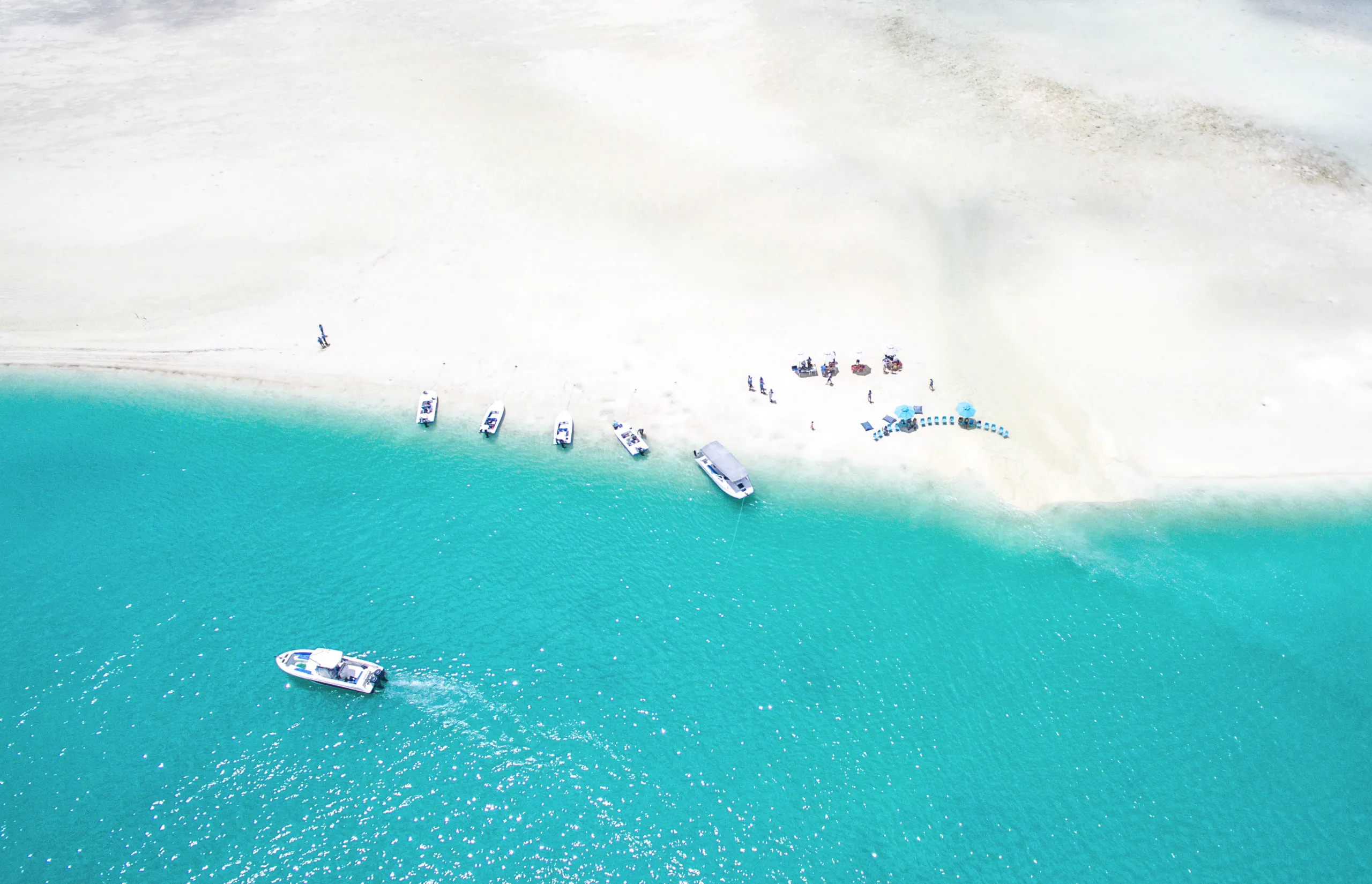
Alphonse Island | Flats Lunch
Deep in the Indian Ocean is a tropical paradise where giant tortoises and turtles outnumber staff and guests, and where waters the colour of an Ice Mint await
How many words are there for blue? From azure to aquamarine, and from cerulean to cobalt, the English language has plenty of ways to describe the colours of the sky and sea (though admittedly, if you’re from the UK, like me, you’re more likely to need synonyms for grey).
But as I press my mask to my face and step off the boat into the Indian Ocean, it’s obvious we still don’t have enough. I’m surrounded by so much blue – from the cornflower sky to the turquoise shallows just off the beach, to the indigo depths beneath me – that I could be swimming through a Dulux paint chart.
These waters surround Alphonse Island in the Outer Seychelles – one of the remotest, most untouched tropical paradises on the planet. A full 400 kilometres from Mahé, the Seychelles’ main island, it’s uninhabited but for a single luxury eco-resort run by Blue Safari Seychelles, with accommodation for just 100 guests and the 122 staff who look after them.
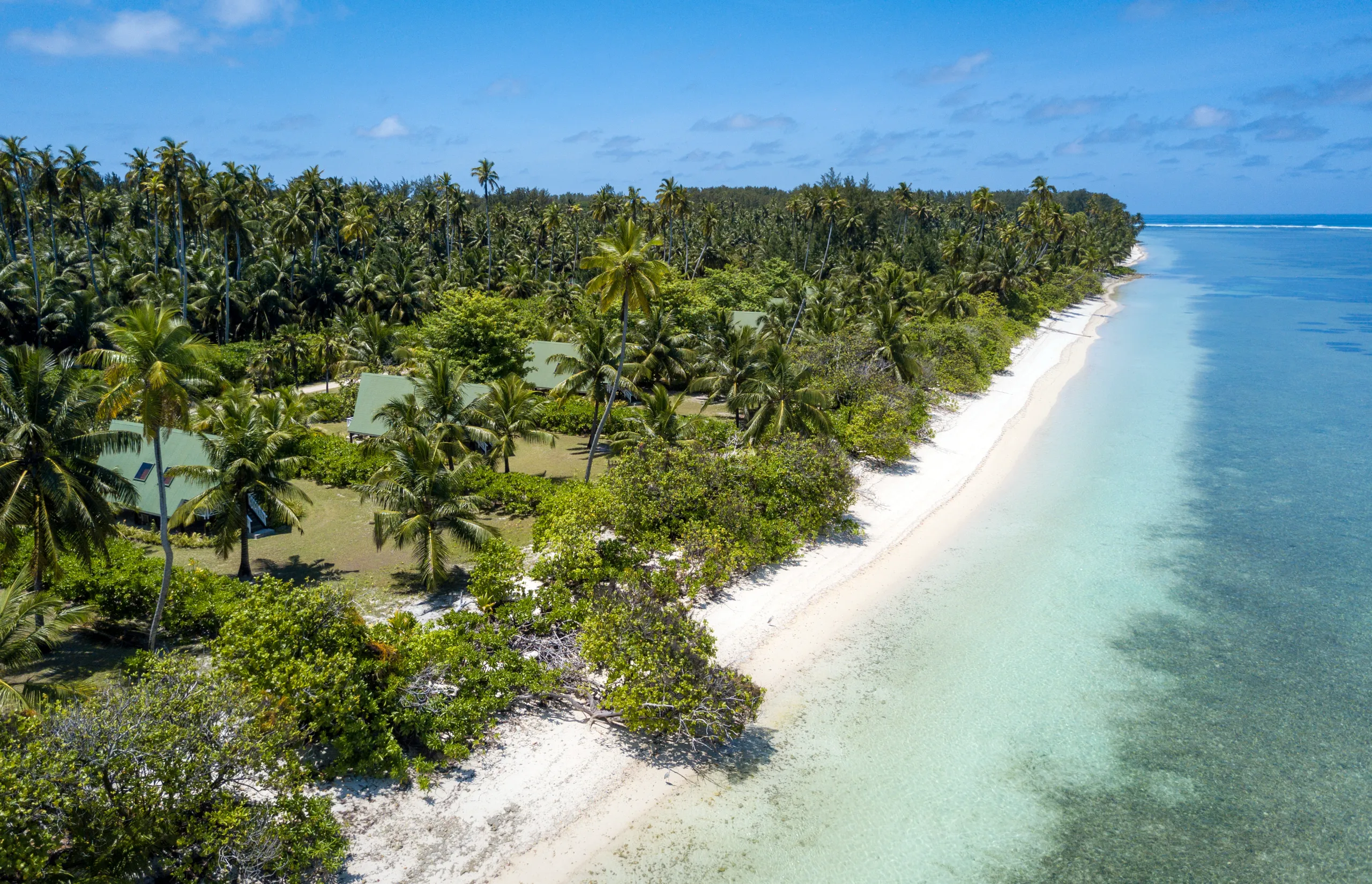
Wish you were here
The Alphonse Group is a trio of islands with postcard-perfect white beaches and swaying coconut palms, surrounded by exuberant coral reefs teeming with shoals of rainbow-coloured fish, graceful manta rays and sinister moray eels. Covering just 1.7 square kilometres, Alphonse is the only one of the three that is ‘developed’; its neighbours, the even smaller Bijoutier and St François islands, are both uninhabited reserves, home to colonies of red-footed boobies and frigatebirds, along with tiny but feisty hermit crabs.
“Welcome to paradise!” exclaims a card inside my accommodation – a cute one-bedroom cabin on stilts with private beach access, an elegant bathroom with outdoor shower (enjoyed several times a day thanks to the humidity) and a bicycle, so I can pootle between the beach bar, the main restaurant, the pool, and the dive and activities centre. For those who like even more privacy, Alphonse also offers one-bedroom villas with a plunge pool, and luxury four-bedroom beach retreats, which have their own pool and kitchen staffed by a private chef, so you never need to leave.
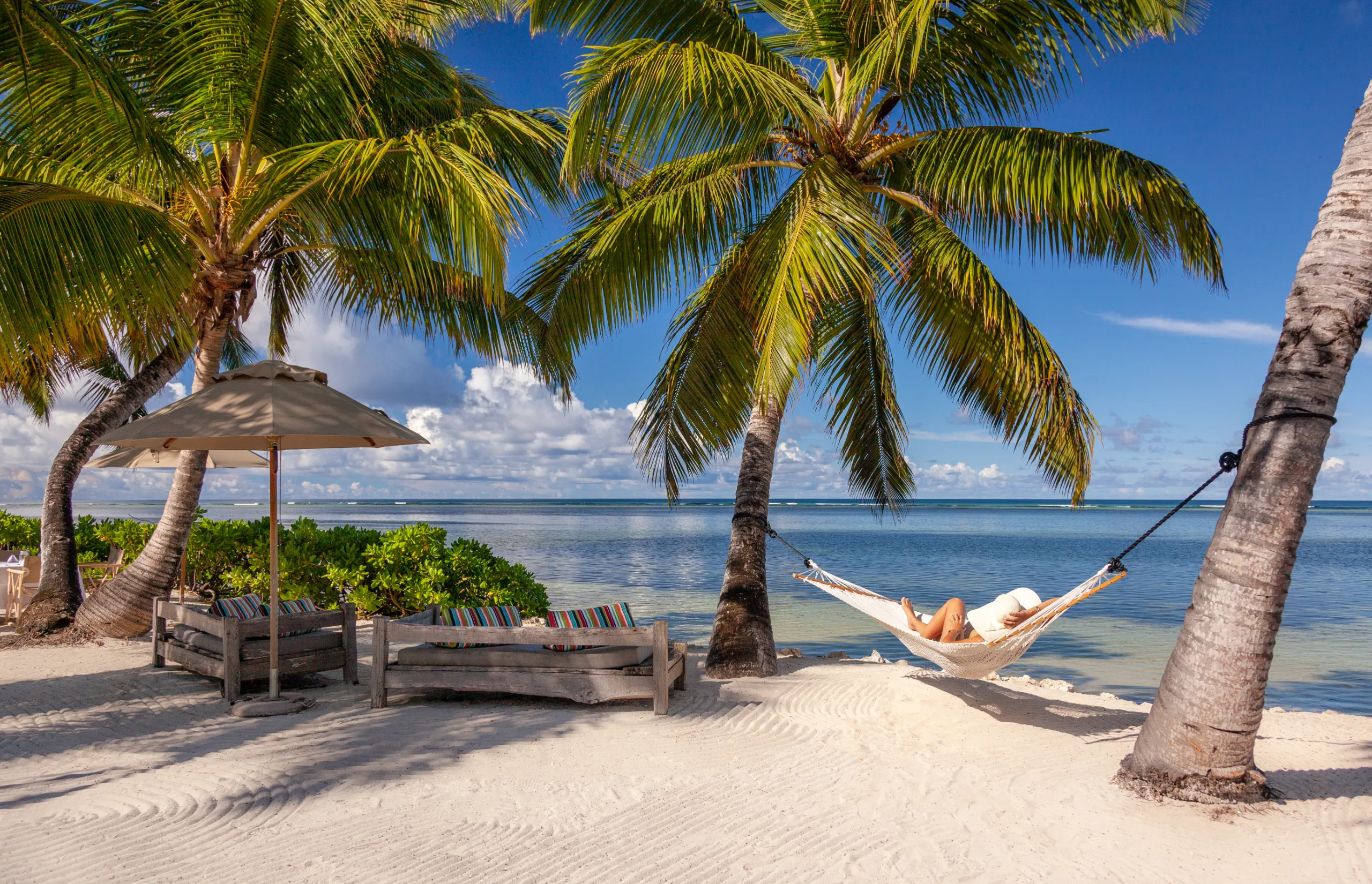
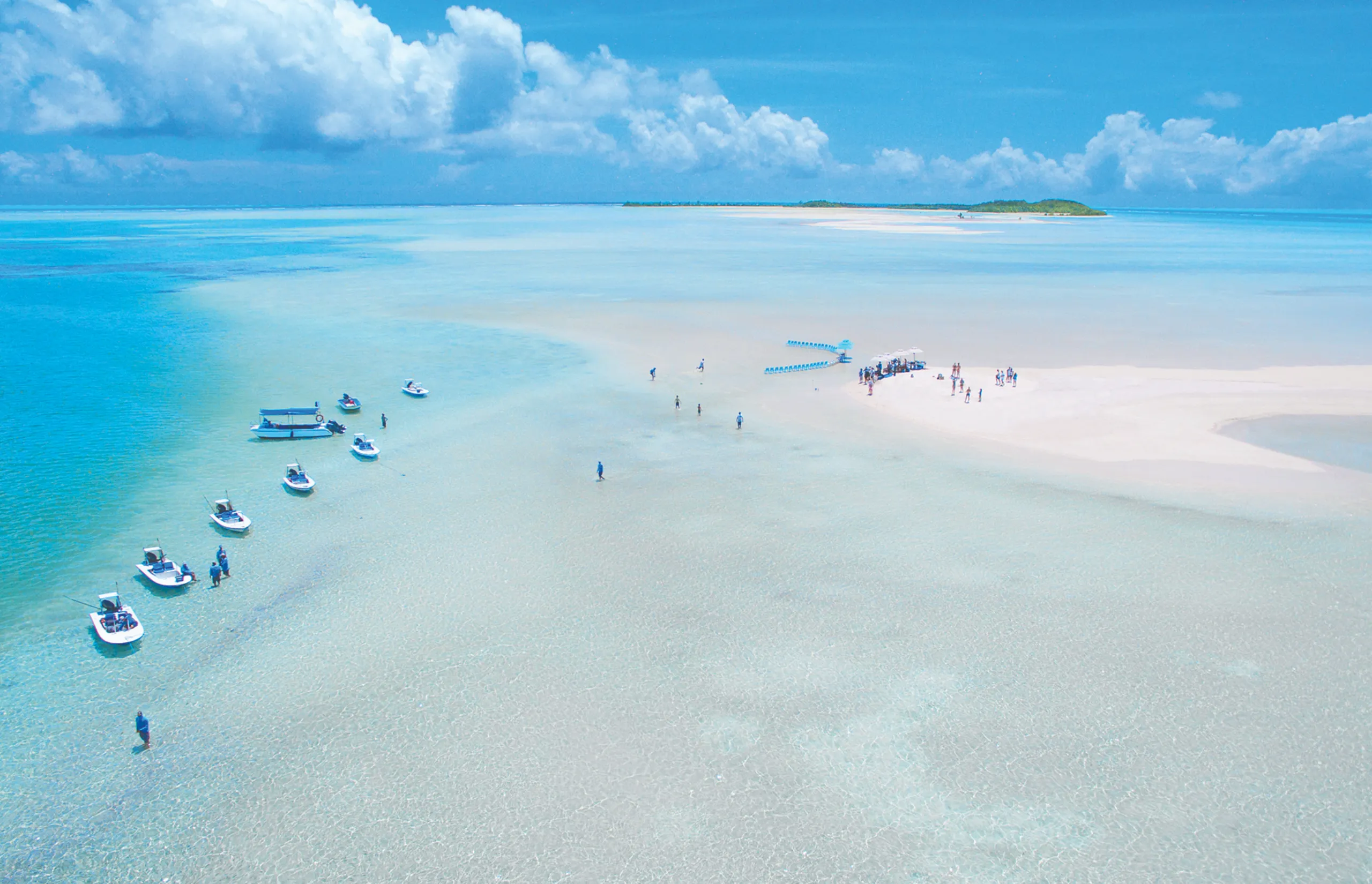
Ocean exploring
But as appealing as the accommodation is, I can’t imagine anyone wanting to stay indoors when there’s simply so much to do. At the activities centre, my group is kitted out with masks, snorkels and fins, and whisked to sea on a sleek catamaran for a full day of cruising and snorkelling in the bathtub-warm waters.
“There’s incredible biodiversity here because of our unique location,” explains Andrew, our predictably tanned guide, as we sail alongside a pod of melon-headed whales. “Alphonse is a coral atoll surrounding a shallow lagoon, where you’ll find warm water species like reef sharks and hawksbill turtles. But just a few hundred metres offshore the depth drops dramatically to over 3,000 metres, so we also get cold-water pelagic species like yellowfin tuna and marlin.”
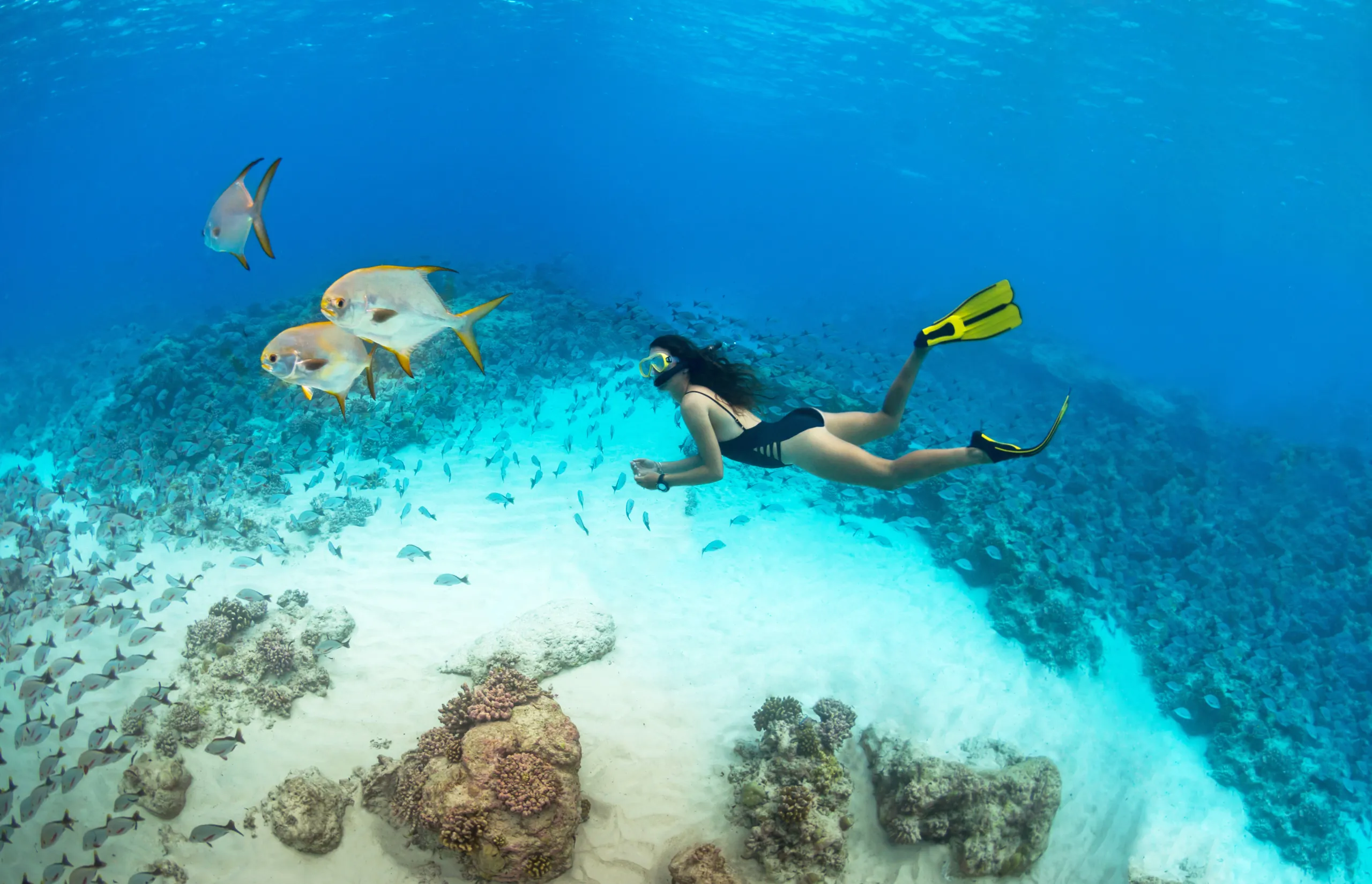
The rich diversity and crystal-clear waters make Alphonse a bucket-list destination for scuba divers (there are more than 30 dive sites) as well as big-game anglers who come here to land their dream trophy fish, pose with it, and then carefully release it. I’m not a fisherwoman, nor much of a diver, but if I thought that while here I’d have hours on end to bury myself in a novel while reclined in gently swaying hammock, I was sorely mistaken.
Our packed itinerary includes a cycle tour along sandy roads and though coconut groves to learn about Alphonse’s history, the chance to feed some of the island’s 80 or so resident giant tortoises, cooking and yoga classes. Then there’s the signature ‘Flats Lunch’, where we’re ferried out at low tide to a freshly-exposed sand flat for an epic barbecue, enjoying jobfish skewers and lamb wraps under sun umbrellas until the tide turns and the beach disappears once again.
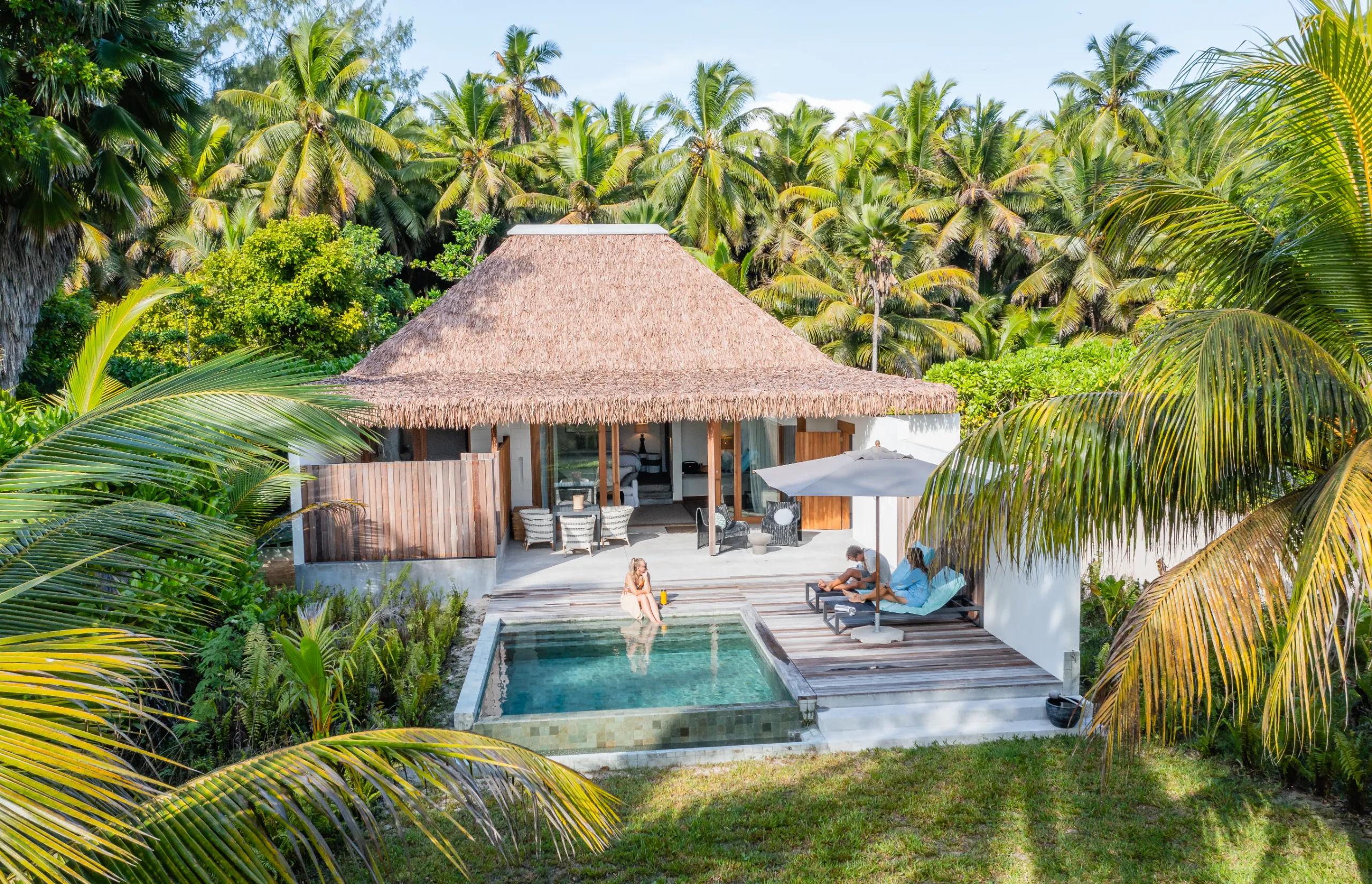
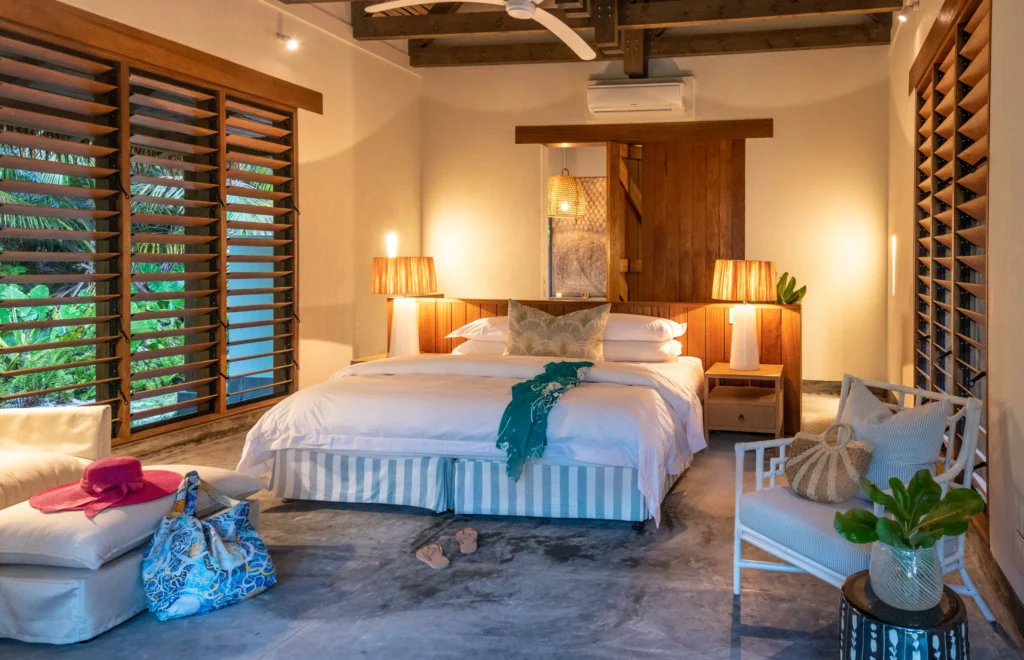
Turning tides
Many of the activities are conservation-focused. With more extreme weather and coral bleaching events, the Blue Safari team are only too aware of their precarious position at the front-line of climate change. The guest fee includes a $30 a day conservation levy, which funds projects including protecting bird colonies and turtle nesting sites, monitoring coral and fish species, and tagging sharks and manta rays. There are evening talks from expert marine biologists, animal adoption programs, and beach cleans, where you can do your bit (and earn a free shot at the bar) by collecting the plastic bottles, lost thongs and chunks of polystyrene that get washed up on ocean currents from Asia.
Food sustainability is vital, too – since everything must be flown or shipped in, the team is determined to reduce the resort’s carbon footprint. Locally caught fish is a daily menu highlight; once you’ve tried ocean-fresh seared tuna with zero food miles, there’s no going back to supermarket fillets.
“I’m surrounded by so much blue – from the cornflower sky to the turquoise shallows just off the beach, to the indigo depths beneath me – that I could be swimming through a Dulux paint chart.”
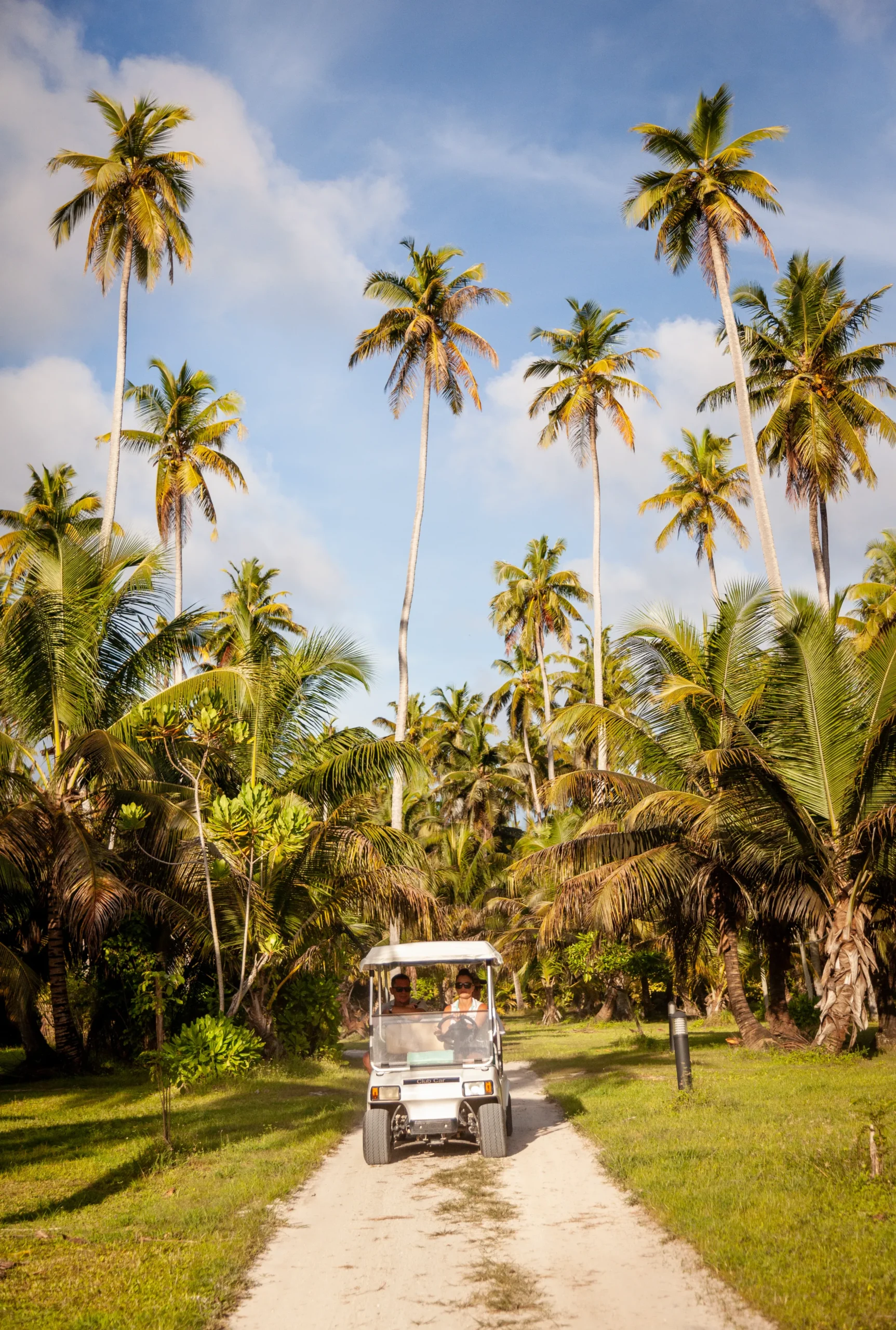
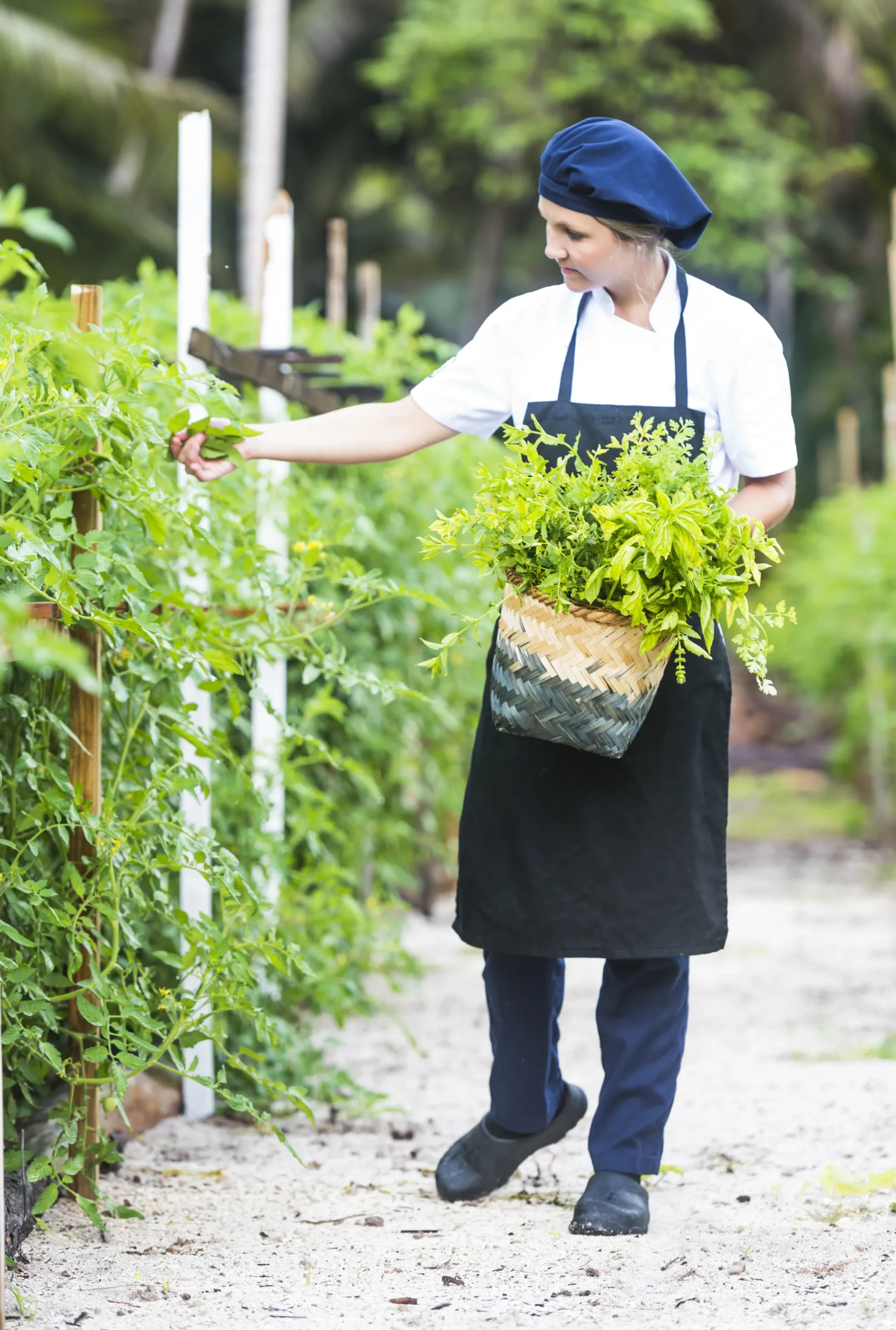
There’s also a farm that provides 65 per cent of all produce eaten on the island. “In the last eight months we’ve trebled in size to 2.2 hectares,” farm manager Luke van der Merwe says proudly as we stroll between neat rows of pumpkin plants and banana trees. “We grow enough to feed all the staff and guests, including kale, papaya, figs, cauliflower, melons and more. We even have bees for our own honey.”
Protected from mass tourism by size and distance, Alphonse is a place where luxury is not about opulence, but about rare natural experiences: snorkelling among turtles, zipping across a blue lagoon with spray on your face, or eating ice-cream made from home-grown coconuts. The island may be hard to reach, but it’s the chance to spend time in – and help protect – a remote and pristine paradise, that makes this place so special.
Journey Notes
Emirates offers flights from Australia to the Seychelles via Dubai; then it’s a one-hour hop by small plane to Alphonse’s private airstrip.
A seven-night stay in a Beach Bungalow starts from US$8,345 (AU$12,075) per person based on two people sharing. Beach Retreats cost from US$29,370 (AU$43,000) for a minimum three-night stay (four guests minimum). All rates are on a full-board basis including soft drinks during activities, tea and coffee and non-motorised activities, plus internal flights between Mahé and Alphonse.
When to visit
The best time for snorkelling, diving and fishing is between September and May, with November to December, and March to April enjoying the best weather. June, July and August are the windy months so some watersports may not be possible, and fishing and diving packages aren’t on offer – but as a result, rates are lower.
Latest Articles
Don't miss the latest from Luxury Travel
